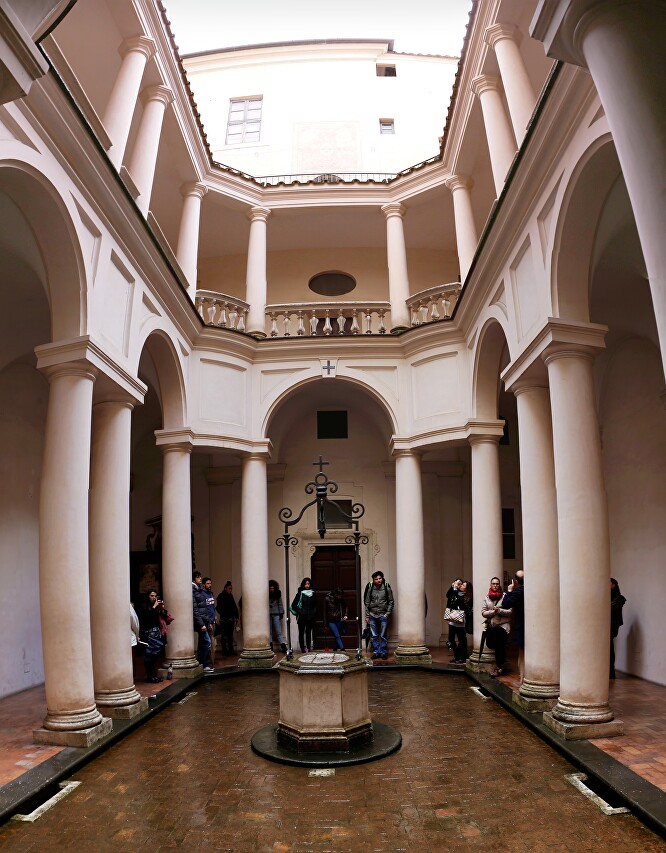Church of San Carlo at the Four Fountains
This church was built in the mid-seventeenth century by the famous Roman architect Francesco Borromini and is considered one of the masterpieces of the Italian Baroque. The church is dedicated to Carlo Borromeo, Archbishop of Milan, and the Romans affectionately call it San Carlino because of its small size.
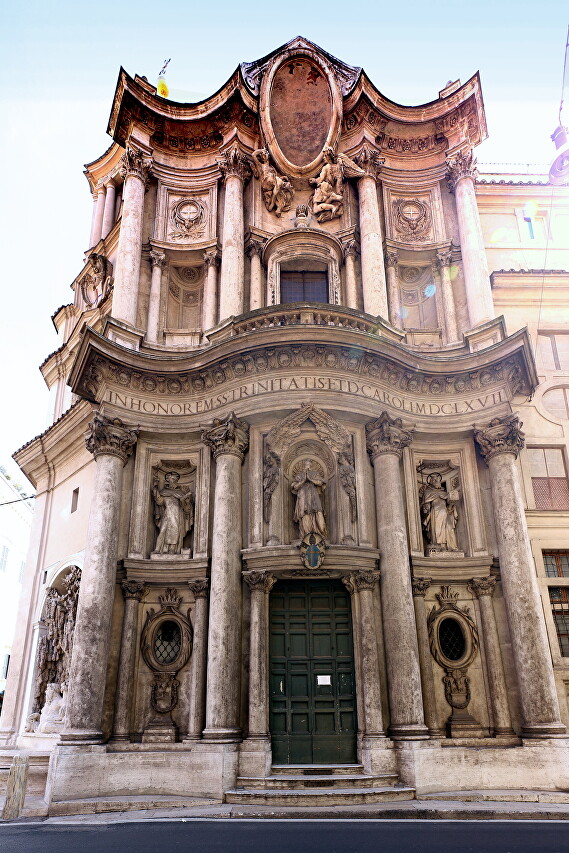
The second part of the name directly indicates its location: in the left corner of the main facade is one of the sculptural groups of Four fountains located at the intersection of Via delle Quattro Fontane and Via del Quirinale in the Monti district.
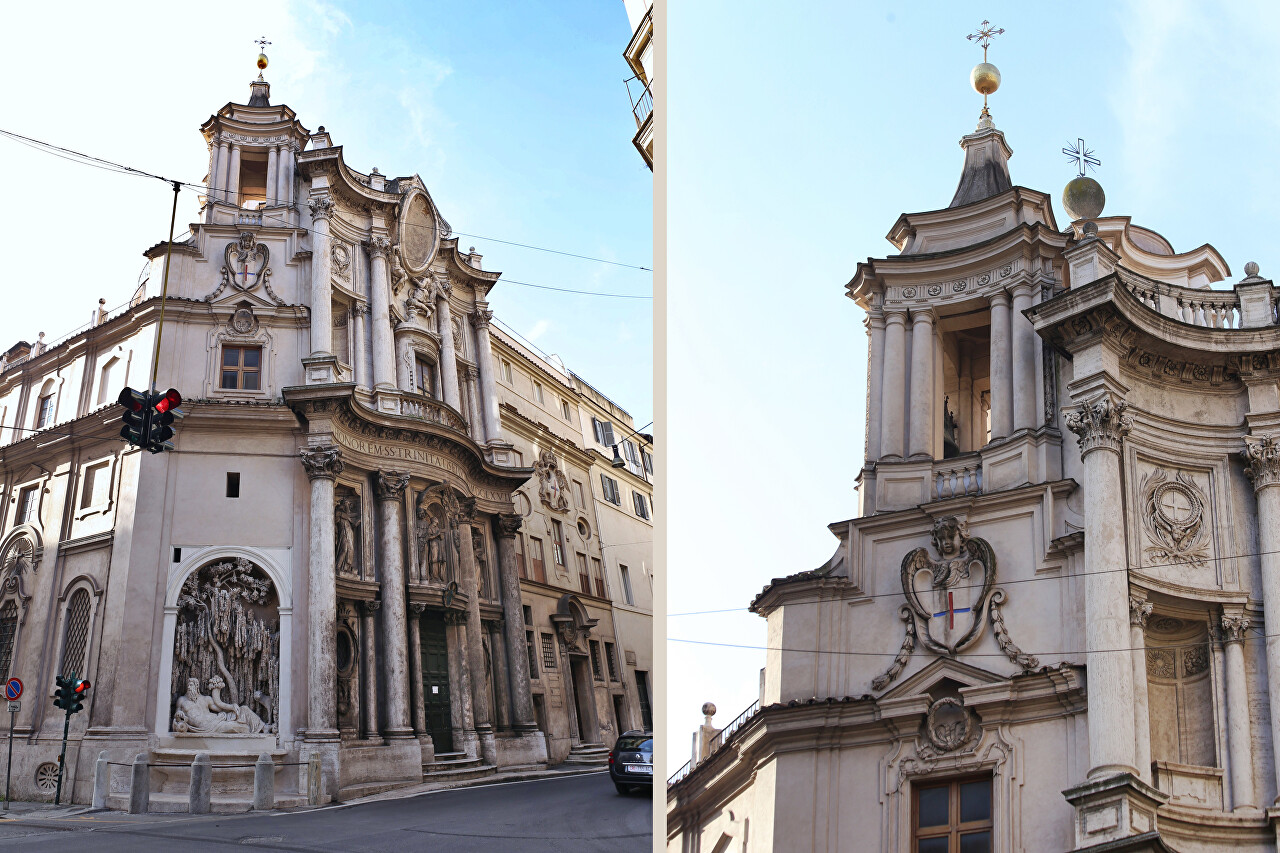
The church is part of the convent of the Order of the Holy Trinity (Convent dei Trinitari), the facade of which is located to the right of the church. Cardinal Francesco Barberini, nephew of Pope Urban VIII, financed the construction of the monastery. The Barberini Palace is located nearby and Francesco Borromini was also involved in its construction.
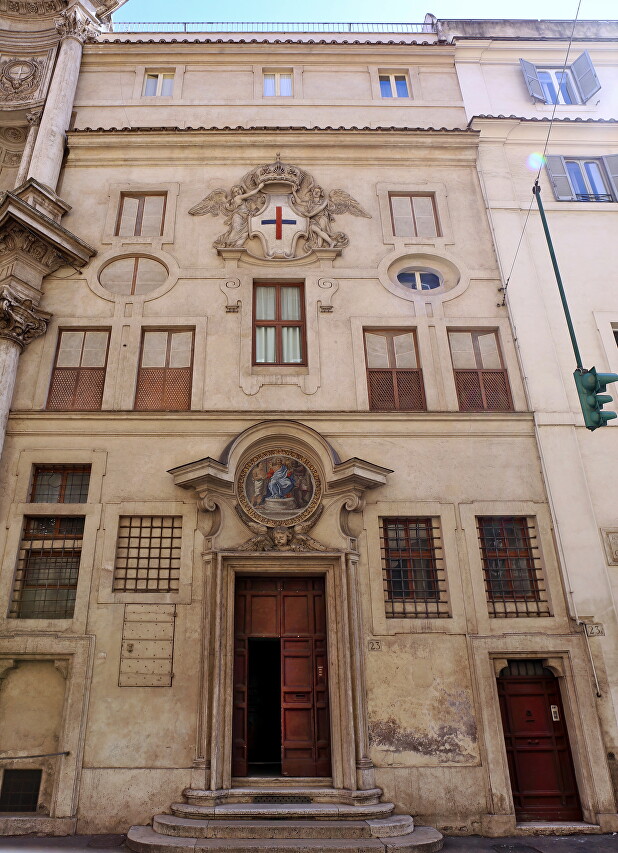
The main problem was limited funds, as the monastic order was very poor, and its charter denied luxury and other excesses. Several versions of the project were preserved, and as a result, the brilliant architect found a solution that allowed creating an elegant and exquisitely decorated building on a small area.
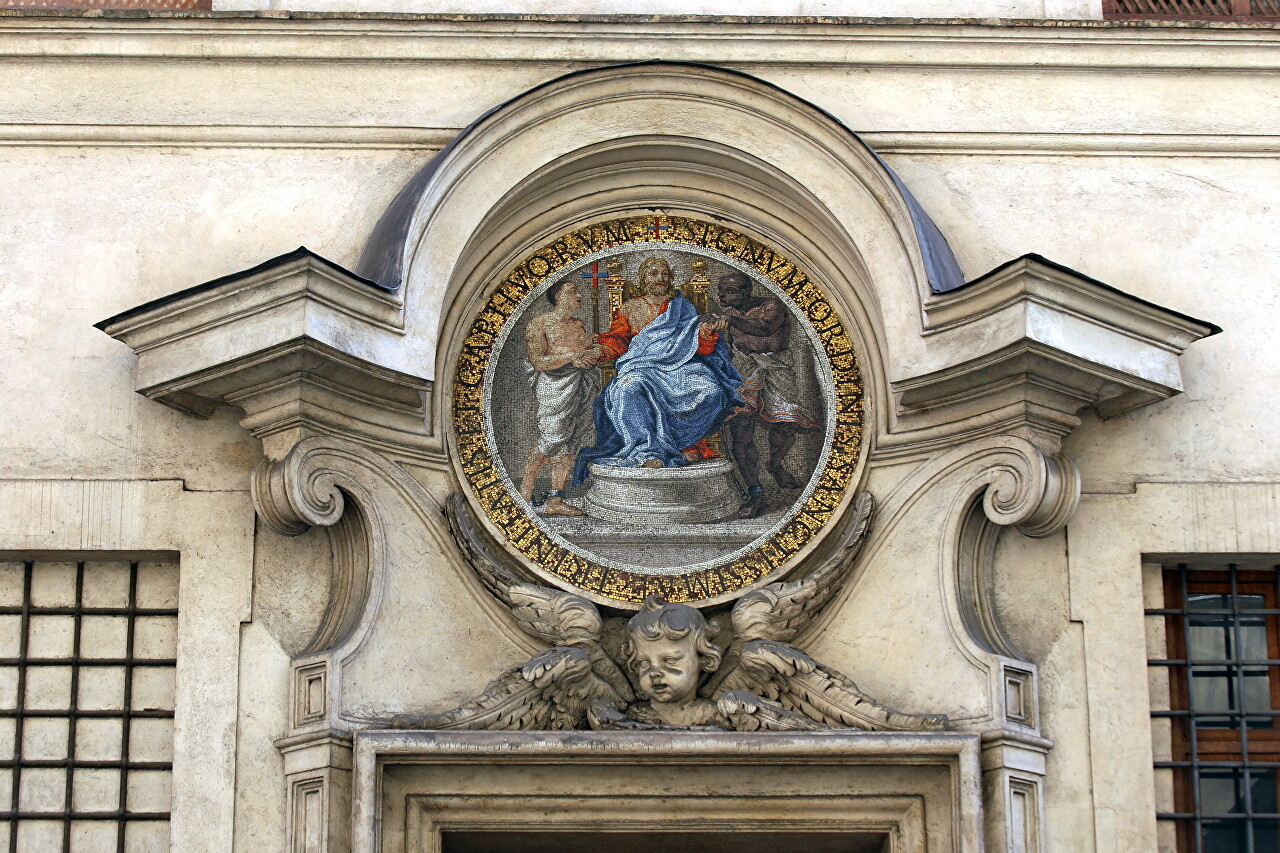
Construction of the monastery began in 1635, the church was laid in 1938, and the work was completed in 1944. The facade that we see now appeared almost forty years later, Borromini began working on his project in 1664, but three years later he died without seeing his creation.
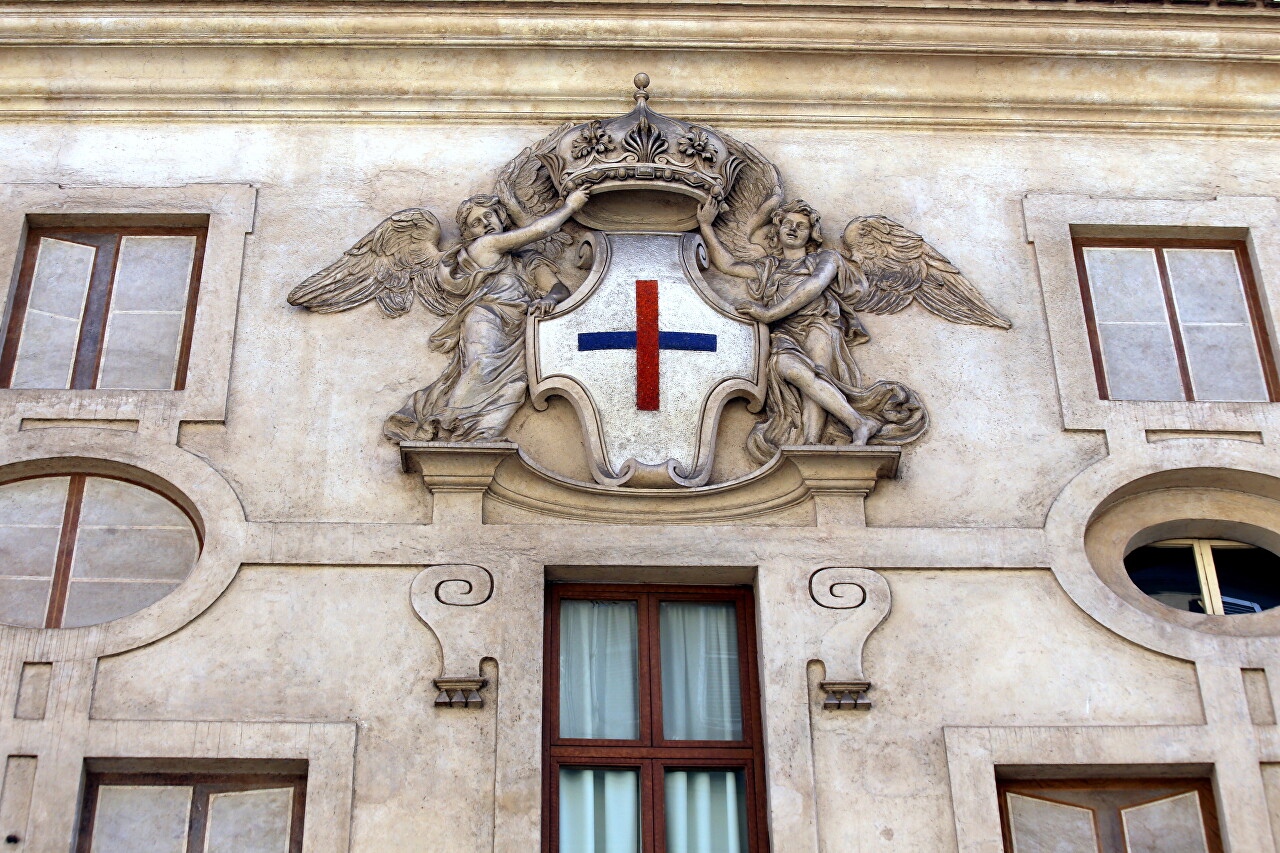
.In 1670, his nephew Bernardo Borromini continued work on the master's drawings and took another ten years. Finally, in 1680, a statue of San Carlo by sculptor Antonio Raggi was installed in a niche above the portal and the church was consecrated.
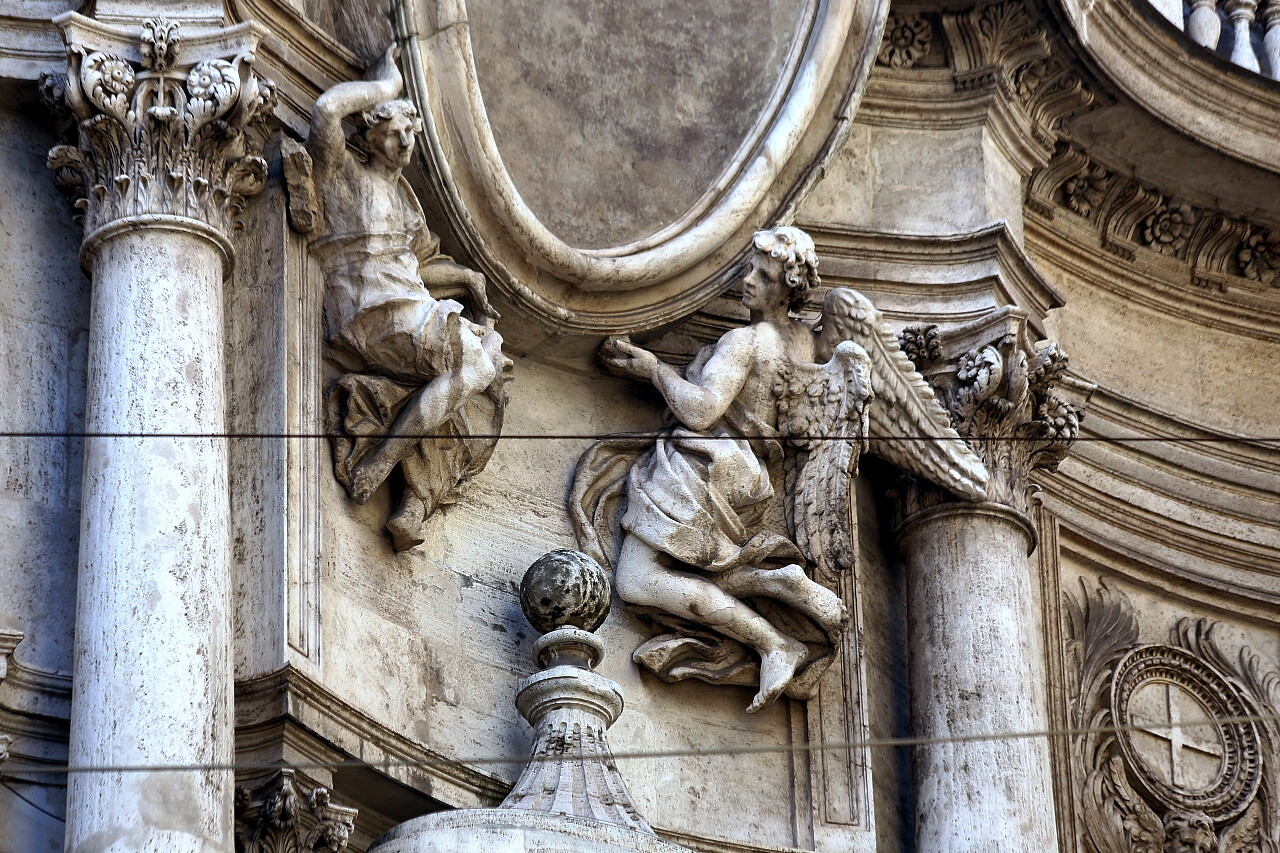
The complex of the church and monastery surprises with its small size, and the internal space does not create the impression of crowding. In the decoration, Borromini used plaster stucco instead of stone sculpture.
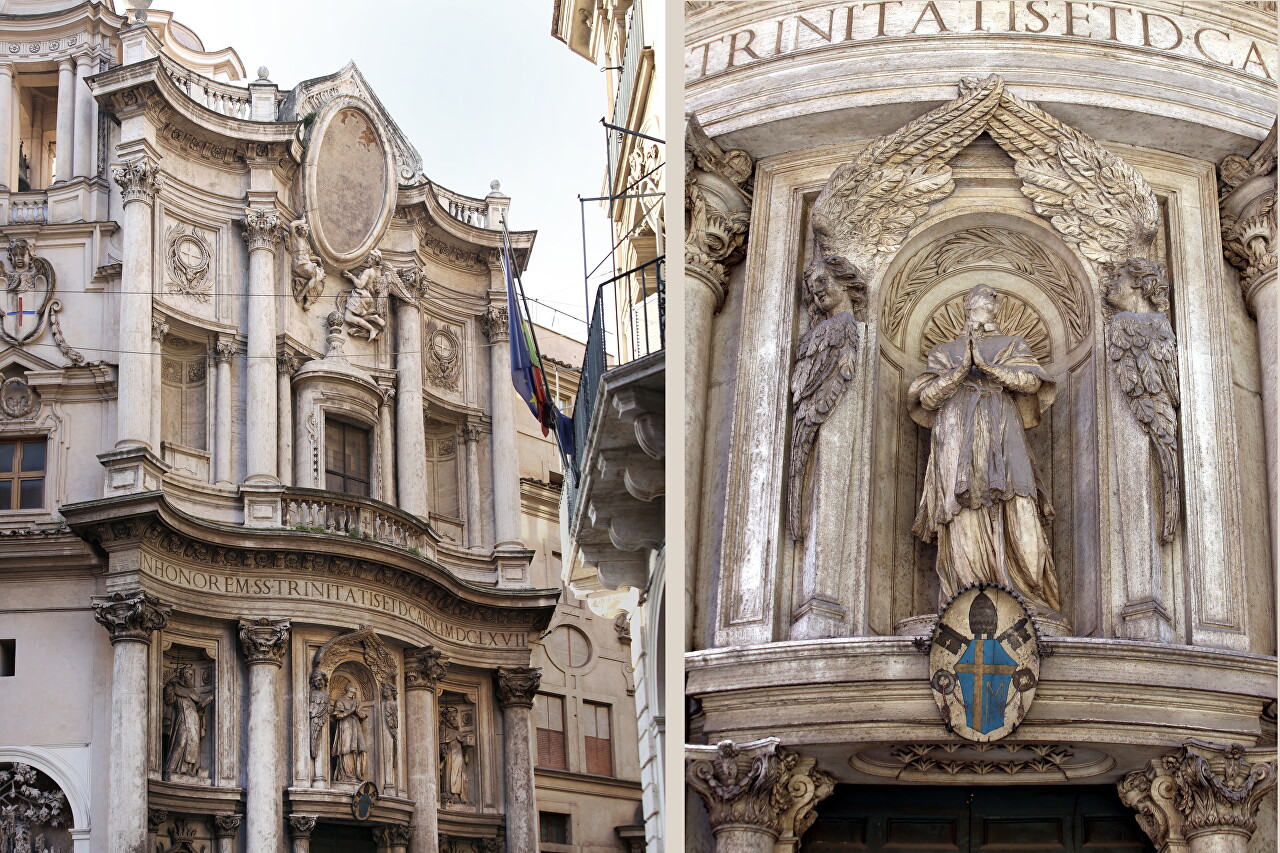
The church has a plan in the form of four ellipses, the intersections of which form a Greek cross (mixtilinear plan). The oval brick dome is decorated with niches in the form of crosses, hexagons, and octagons. For public viewing, there is a lantern at the top of the dome and two windows at its base. The ceiling of the lantern is decorated with a gilded image of the Holy Spirit in the Trinity triangle.
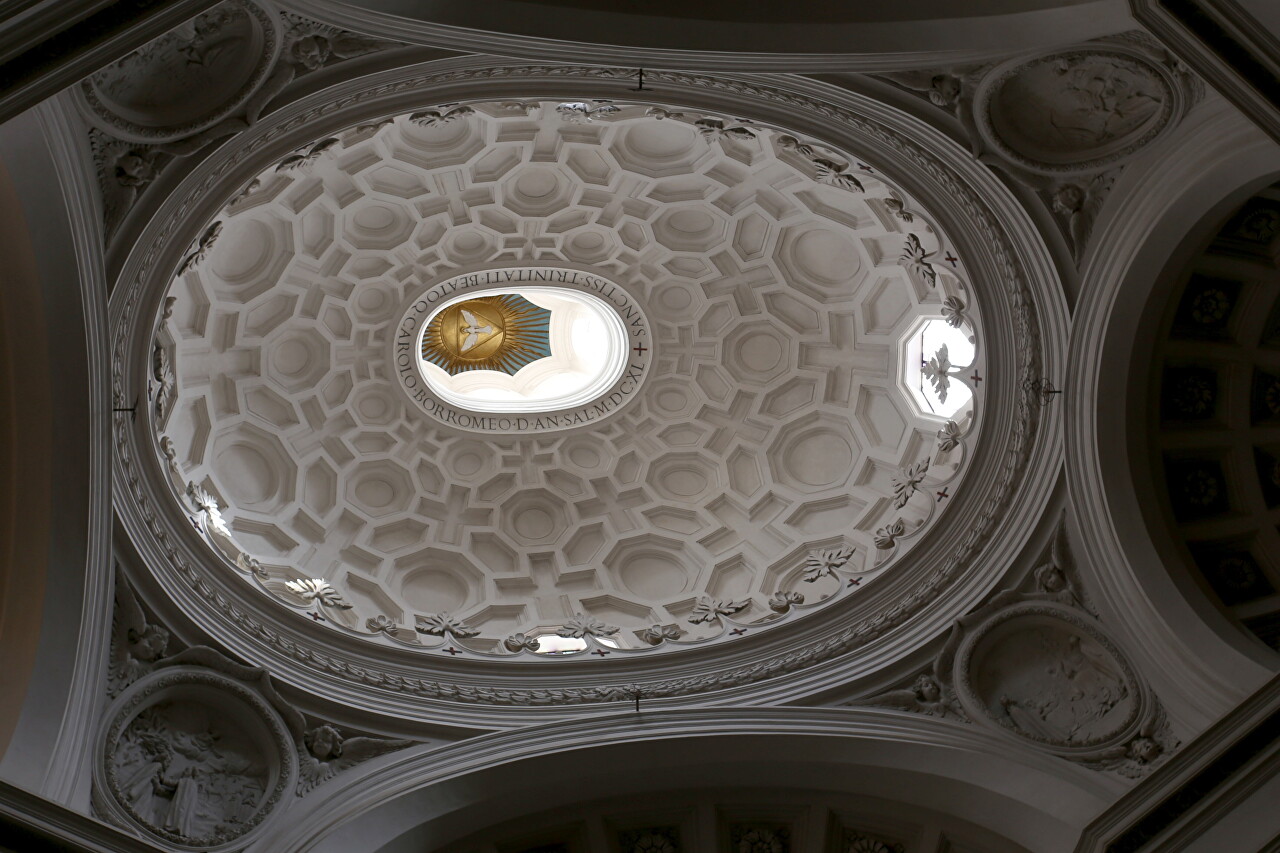
The church has three paintings on the altars, made in a single color scheme. "Ecstasy of Michael del Santi" written by Amalia de Angelis in 1847, it shows the saint giving his heart to Jesus. The main altar is decorated with the painting "San Carlo Borromeo with the founders of the Order worshipping the Trinity" by Pierre Mignard from the seventeenth century.
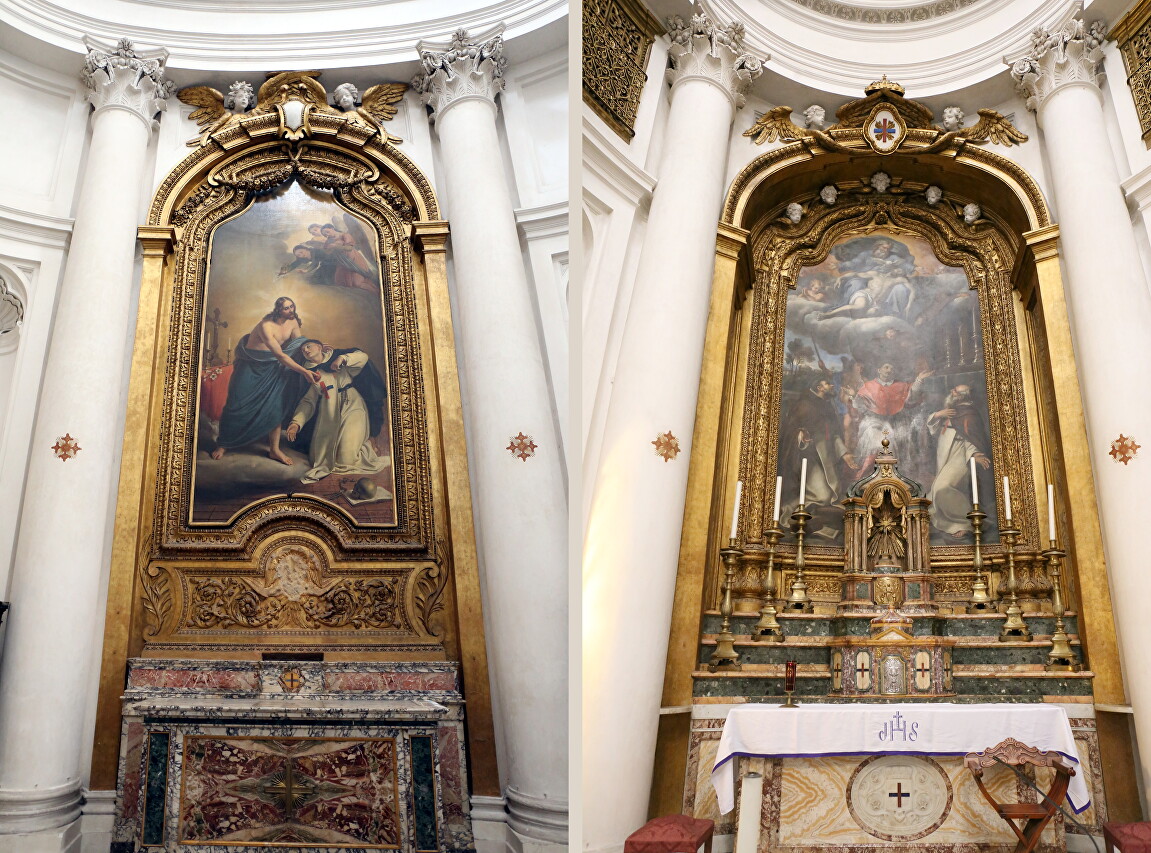
"Ecstasy of St. John the Baptist" by Prospero Mallerini in 1819.
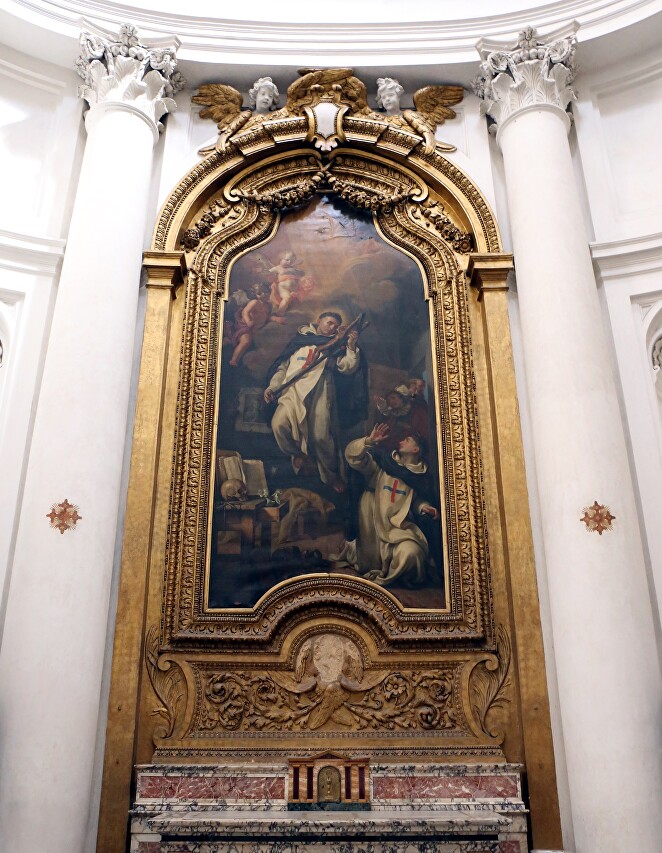
At the bottom of the church is a crypt that Borromini designed for himself, but he was buried in the Basilica of John the Baptist in Fiorentini.
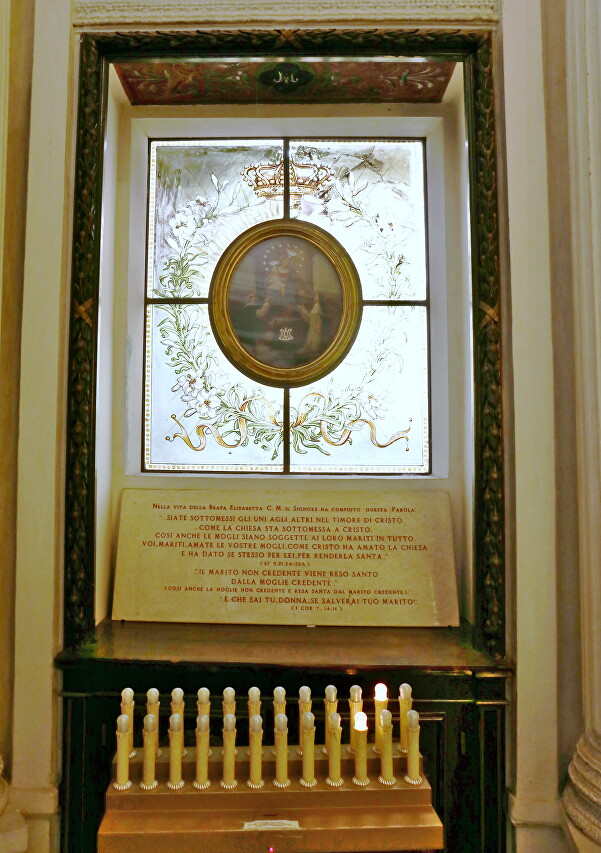
The monastery is a two-story gallery with cells around an octagonal courtyard with a well in the center.
